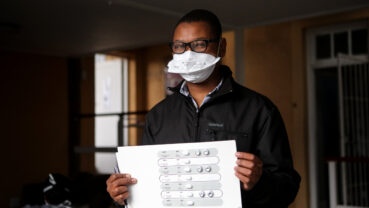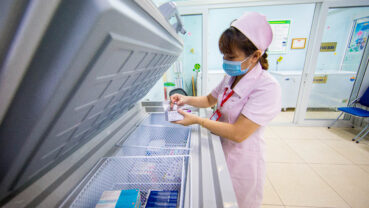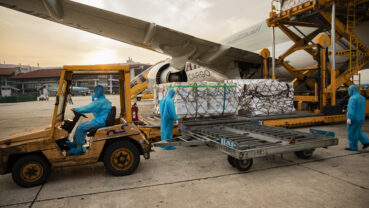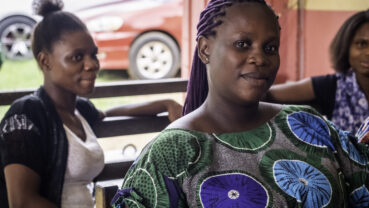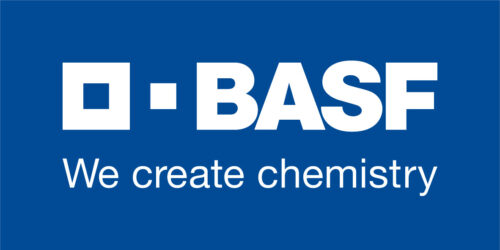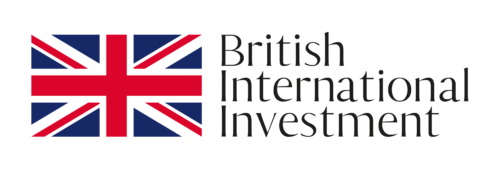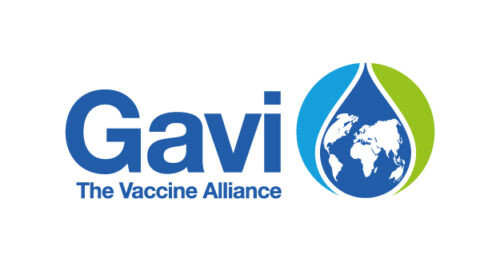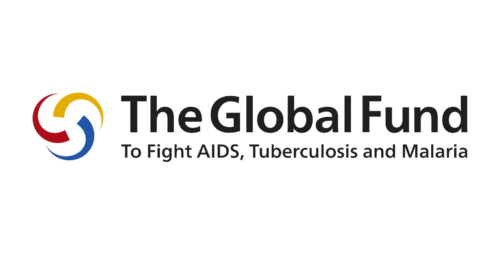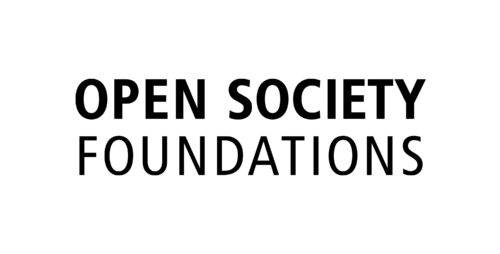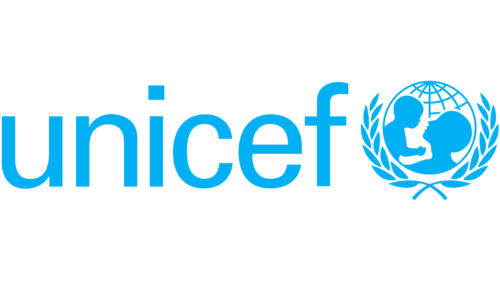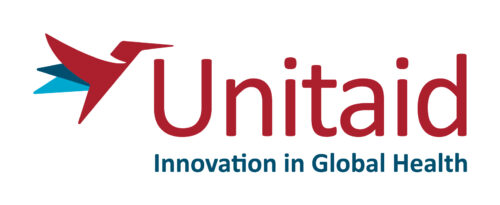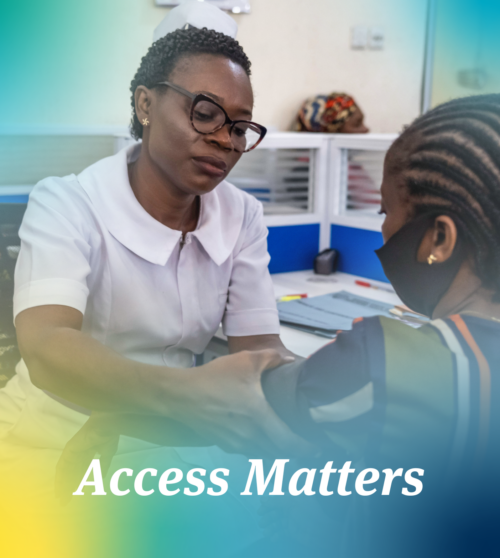Climate change
Climate change and health are closely linked. Extreme weather events, new disease vectors and food insecurity caused by climate change can severely impact human health. We are committed to working with partners to adapt and build resilience to the effects of climate change.
The challenge
Climate change is the biggest threat facing humanity today. People are increasingly vulnerable to illness due to the impacts of climate change, including pollution, drought, extreme weather and heat, hunger, displacement, and the spread of infectious diseases.
Rising temperatures and shifting rainfall patterns are changing the environments for vectors like mosquitos and ticks that carry diseases such as malaria, dengue, chikungunya, zika and Lyme disease, enabling them to re-emerge or move to new regions. The transmission season is also extending. This puts more people, in more areas, at risk for longer periods.
Extreme weather events like hurricanes and floods also destroy critical infrastructure, disrupt supply chains, and affect the workers needed to respond and maintain essential services, including healthcare. Deforestation and urbanisation put communities in closer contact with wildlife, increasing the risk of spillover of diseases from animals into humans.
As the impacts of climate change intensify, all countries are looking for solutions to local, regional and global health challenges. As we saw with the COVID-19 pandemic and the race for health products and vaccines, low- and middle-income countries will be left behind unless we ensure equitable, affordable access for all.
By the numbers
1.1C
global temperature rise over pre-industrial levels
250,000
estimated deaths per year due to climate change between 2030 - 2050
17%
of all infectious diseases are caused by vector-borne diseases
Our role
We can protect people from the negative effects of a changing climate by accelerating access to new and existing medical innovations in communities on the frontline of climate change. By acting today, we can help to build resilience against changing disease vectors and help countries to prepare for potential climate-related pandemics.
Our financing solutions can help producers develop new products to meet changing needs in low- and middle-income countries, while mitigating financial risks. For example, as insecticide-resistant mosquitos move into new regions, people will need tools to protect against diseases like malaria, which is transmitted by mosquitos. We worked with BASF and the Bill & Melinda Gates Foundation on a volume guarantee to lower price and speed up procurement and access for new, more effective mosquito nets (see case study below).
Countries are seeing diseases spread to communities where people don’t have existing immunity or local health systems are unprepared to respond. We can help people build resilience by increasing access to new and existing vaccines that prevent them from being infected. Our financing agreement with Gavi and GSK has helped accelerate the rollout of the world’s first malaria vaccine, called RTS,S, which will protect millions more children from the deadly disease.
If a climate-driven disease outbreak becomes another pandemic, we can tailor our financial products to support purchasers to increase procurement and accelerate access. We did this during the COVID-19 pandemic, providing our first procurement guarantee to UNICEF. The $50 million guarantee enabled UNICEF to increase procurement of essential COVID-19 supplies and accelerate distribution to countries by, on average, seven months.
Moving forward, we can also support products with a lower carbon footprint. For example, helping countries switch to a hexavalent vaccine not only protects people from six diseases at once, but it also cuts medical waste by using fewer supplies like syringes and vials and reduces the energy and fuel needs for the cold chain and transport.
“Climate change is the single biggest health threat facing humanity. While no one is safe from the health impacts of climate change, they are disproportionately felt by the most vulnerable and disadvantaged.”
WHO
COP26 Special Report on Climate Change and Health
Case study: Increasing access to next-generation mosquito nets
Malaria is one of the world’s deadliest infectious diseases, claiming the lives of 608,000 people in 2022. Children under five make up 80% of these deaths. After years of steady progress, malaria cases and deaths are on the rise.
One of the most effective ways to protect against malaria is by sleeping under a mosquito net, an inexpensive mesh net treated with public health insecticide that kills mosquitos on contact. But mosquitos across sub-Saharan Africa have started to develop resistance to pyrethroids, the class of insecticides used in the nets – meaning they are no longer as effective. Latest available data shows that by 2020, insecticide resistance had spread to more than 78 countries.
After decades of research and development, BASF and the Innovative Vector Control Consortium (IVCC) developed new nets, called Interceptor® G2, using an innovative dual-insecticide formulation of pyrethroid and chlorfenapyr. The nets successfully completed clinical trials but rollout was slow while the World Health Organization (WHO) waited on the outcome of two studies before providing a recommendation for wide use.
To speed up rollout of the Interceptor® G2 nets, we worked with BASF and the Bill & Melinda Gates Foundation on a volume guarantee, securing a 40% price reduction, for 35 million nets. The guarantee enabled the New Nets Project – led by IVCC and co-financed by the Global Fund and Unitaid – and the President’s Malaria Initiative to accelerate procurement and access to the nets.
By the end of 2022, more than 41 million Interceptor® G2 nets had been distributed to 16 countries in sub-Saharan Africa that account for the majority of malaria cases and deaths worldwide, protecting more than 73 million people.
During the guarantee period, studies in Benin and Tanzania showed the Interceptor® G2 nets were highly effective at preventing malaria incidence as well as bringing significant economic benefits as fewer people got sick with malaria. In March 2023, the WHO issued a strong recommendation for countries to use pyrethroid-chlorfenapyr nets.
For companies to continue to innovate, they need to know there will be demand for new products. Our financial products can help to bridge the gap between successful development and large-scale rollout. Without this kind of assurance, fewer companies will take the risk on new products.
The way forward
Sustainable Development Goals 3 and 13 – Good health and well-being, and Climate action – are increasingly intertwined. While world leaders work to stop global warming from exceeding the 1.5C threshold agreed in the Paris Climate Agreement, the reality is that global temperatures have already risen by 1.1C compared to pre-industrial levels. The effects of climate change are already here and are having a devastating impact on people’s health. The world must urgently support communities and health systems to adapt and build resilience to protect people’s health in a changing climate.
We were founded to be nimble and help health product manufacturers and health systems meet changing health needs. To respond to a rapidly evolving crisis like climate change, our approaches are needed more than ever.
Our response to other global health priorities
Alongside climate change, see the other global health priorities we are focusing on:

